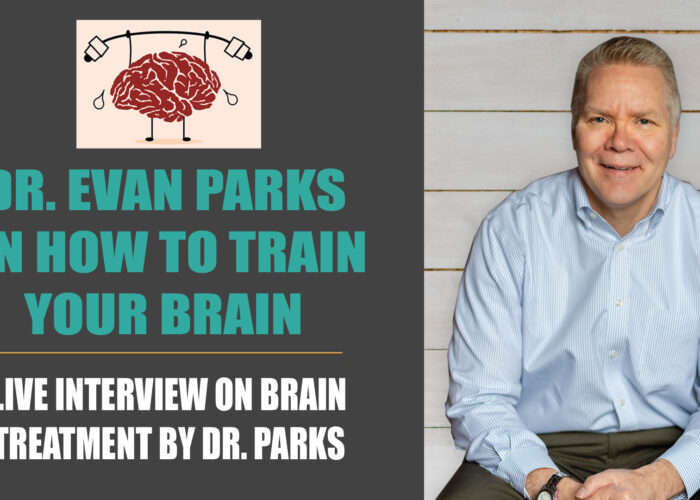By Dr. Evan Parks–I talk with people in pain all day long, five days a week. When I am not working, I randomly meet people in pain at grocery stores, on walks, in the neighborhood, and on vacation. I also talk with physicians who are treating 20 to 30 patients per day, many of whom have chronic pain. Regardless of what person I am talking with, most people do not know there are effective ways to manage pain that do not involve interventions like drugs, surgeries, injections, and implanted devices.
Many of the stories I hear are similar. They often start with either a minor injury or a normal headache followed by rest and some over the counter medications to manage the pain. When the pain does not resolve, the person begins to do less of what they normally would, take stronger medication, and begin to worry what is wrong. That is when the pain they experience changes—it spreads to other areas, intensives, or both occur together.
The Best Job Ever
What I love about my job is giving people good news. I would pay to the work I do with patients who are suffering from chronic pain just to see the relief they experience when they have their first headache-free day, put a sock on a painful foot for the first time in years, or walk down a flight of stairs after months of being trapped at home. The good news I deliver to people suffering from chronic pain is that there is hope.
If I am not delivering good news to chronic pain sufferers, I am passing on new ways of helping pain patients to physicians and doctors in training. The standard approach to pain management that physicians learn in medical school does not match watch we know from modern neuroscience. The brain can change how it responds to injury and pain.
Knowledge Is Treatment
I was recently speaking at a large conference on the opioid epidemic and heard the terrible stories of what is happening to schools, families, and communities. While not everyone who becomes addicted to narcotics and opioids is a chronic pain sufferer, many of those who start using these medications had the drugs prescribed by a physician.
It is one thing to say, “We need to stop writing all these prescriptions for opioids and keep people safe,” and another to say, “Instead of using narcotics and opioids, here is an alternative.” At the conferences I attend and in the articles I read, few alternatives are ever presented that could help people choose something else besides opioids.
PainRehabSource.com is more than just an alternative to using narcotics and opioids. Many chronic pain sufferers never use or benefit from these medications. This website is to give education, hope, and inspiration to the many people who feel isolated, misunderstood, and helpless because of their chronic pain. I also hope it will encourage health care professionals to look at pain and pain patients differently. The most powerful source of hope and relief from chronic pain is knowledge. We need up to date knowledge on pain neuroscience, rehabilitation, and pain psychology. That is the sole mission of Pain Rehab Source. Let us know how we can help!




